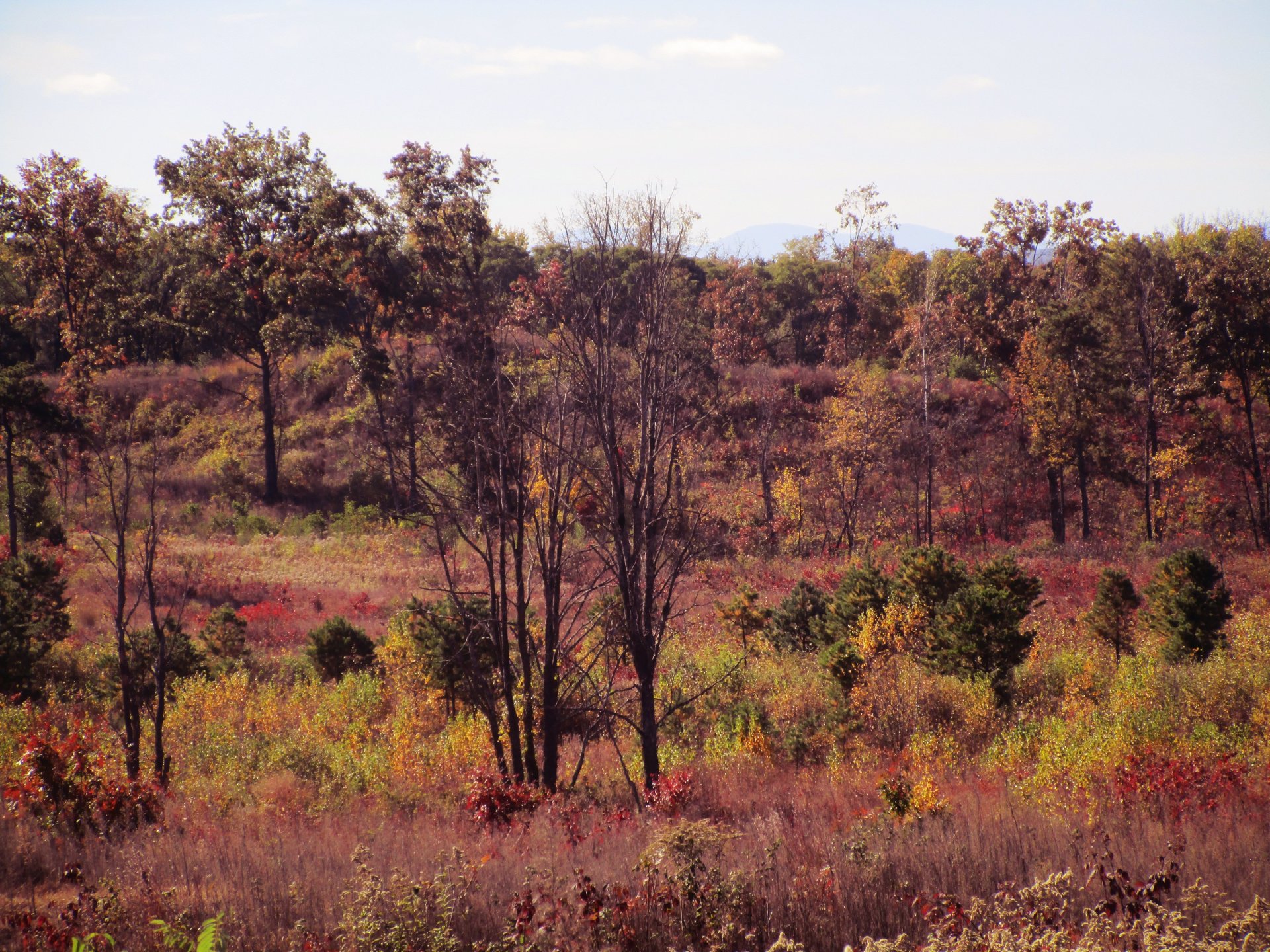by Lynne Jackson
ALBANY, NY: The September Save the Pine Bush dinner at the First Presbyterian Church was the setting for a presentation on alien and invasive by Steve Rice, PhD. of Union college.
Dr. Rice began by talking about the early efforts to bring fire back into the Pine Bush ecosystem. The thought was that if we could get the Pine Bush to burn, we would eliminate the invasive species. After the massive fire of 1999 (a controlled burn for five acres turned into a fire on 65 acres), the native Pine Bush species survived quite well.
However, even after the return of fire, there are still problems with aspen and black locust. Fire cannot take care of the entire problem of invasive species.
Pine Bush species grow in high light, with very sterile soils that are low in nutrients. Plant growth in such sterile soils is limited by nitrogen. Nitrogen is important to plants. If you add nitrogen to the soil, the number of species of plants decreases.
Invasive species influence the ecological community. Big tooth or quaking aspen grow in dense stands, and grow by root sprouting. They shade out native plants. Cutting down the aspen will only cause the aspen to grow back by sprouting from the roots; girdling will kill the aspen.
Black locust are a more complex problem. They spread rapidly and inject nitrogen into the ecosystem. Black locust deposit 10 times the amount of nitrogen into the soil than from other sources of pollution. Even if the black locust trees are removed, the nitrogen is still in the soil.
Black locust are very resistant to being removed. Girdling black locust only causes them to re-sprout. Proscribed burns do not remove black locust. Originally, black locust trees were spread by people. People planted the trees in the barn yard because they are a good quality wood, and would resprout when harvested. It was customary in Vermont to give newlyweds a black locust tree. In the midwest, people planted black locust to have wood for caskets.
Fully 15% of the Pine Bush is now occupied by black locust trees.
Dr. Rice and his students’ research objective was to evaluate the consequence of soil modification by black locust on native plant restoration.
Students collected leaf litter at certain sites with both native pitch pine/scrub oak communities and black locust stands.
Dr. Rice examined old photos of the Pine Bush from 1940 and 1952 to determine areas that were occupied by pitch-pine oak barrens communities. Sites chosen to study contained pitch pine/scrub oak which were adjacent to black locust communities where evidence indicated that the black locust stands were the result of recent invasion of a pine-oak community.
Within each site, paired pine-oak and black locust vegetation plots were located. An analysis of the soil nutrients, collection of litter, and determination of composition and structure of the plants was done. For each site, a determination of the time of the last fire was conducted.
What Dr. Rice discovered is that black locust trees put a massive amount of nitrogen in the soil. Black locust trees put in 200 times the amount of nitrogen into the soil than is usually found in the Pine Bush.
Currently, the Albany Pine Bush Preserve Commission is doing a whole-scale removal of black locust trees on the corner of Route 155 and Washington Avenue Extension. This includes mechanical removal of the trees, and then raking the sand with huge mechanical rakes to remove the roots from the soil.
After the mechanical removal takes place, native Pine Bush species will be planted. The area will then be monitored for loss of native species.
